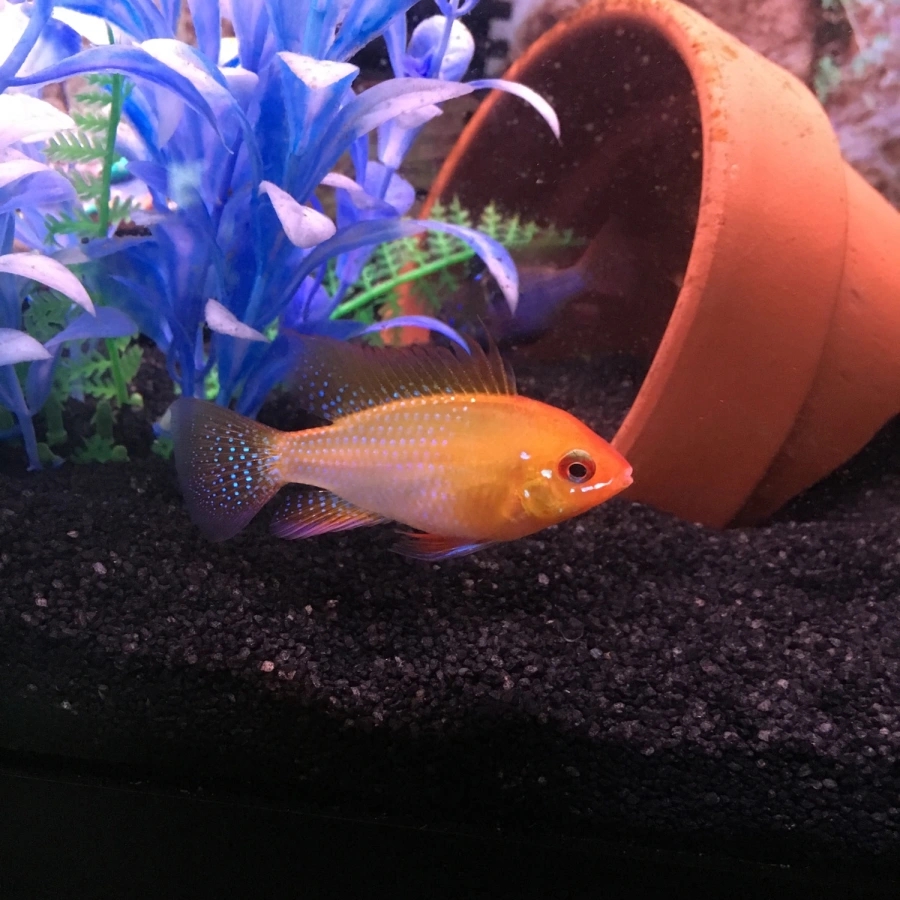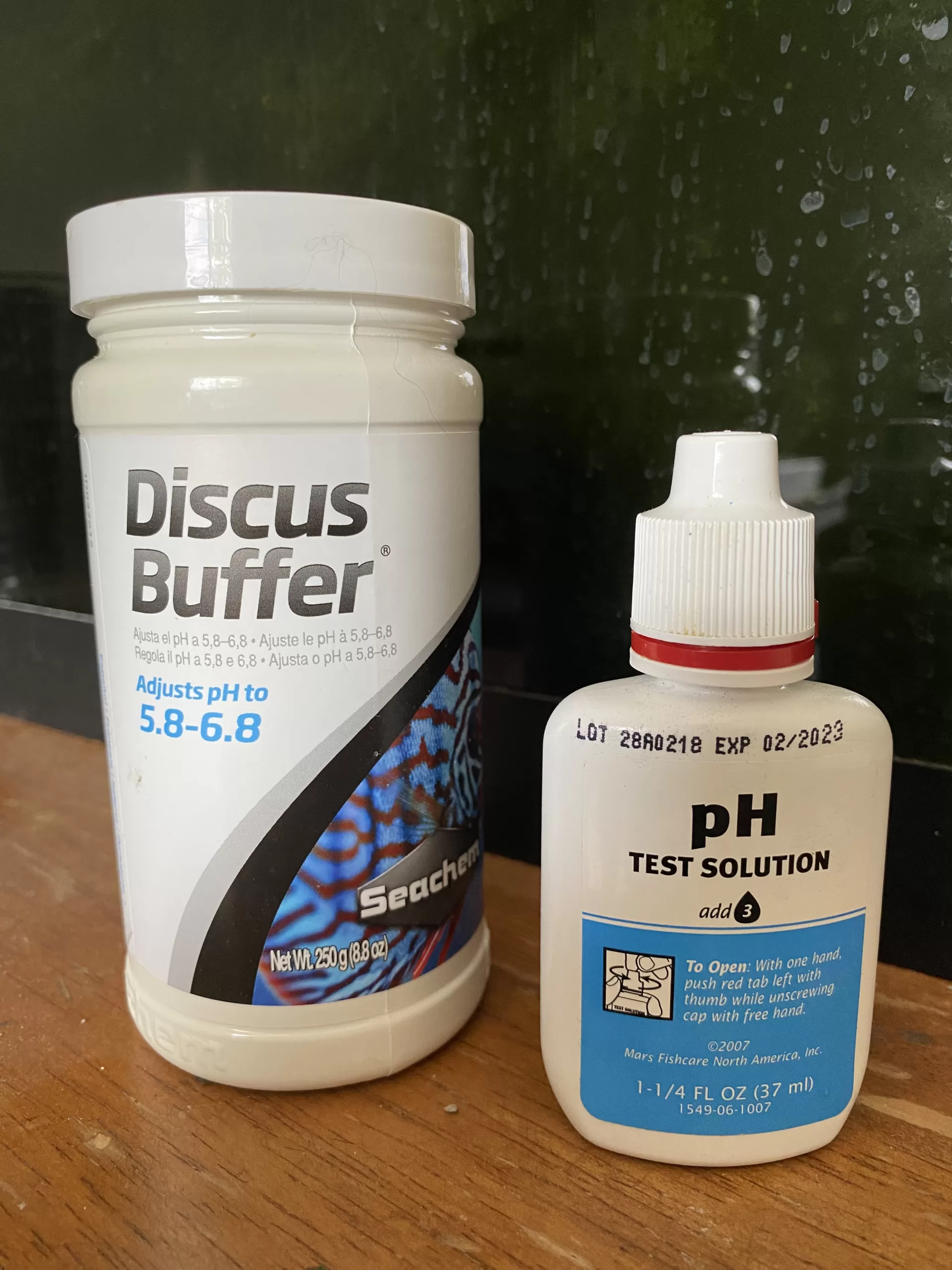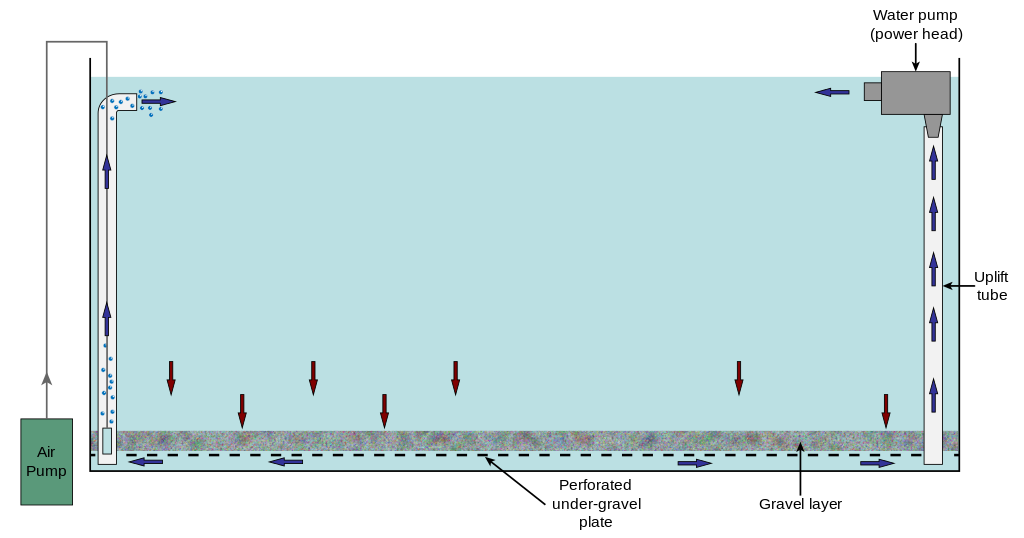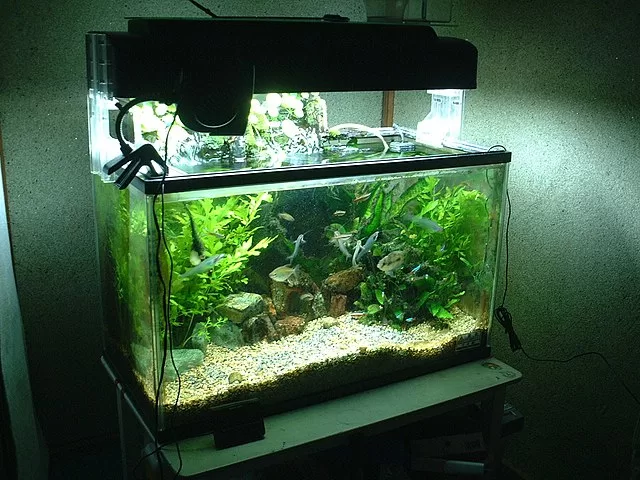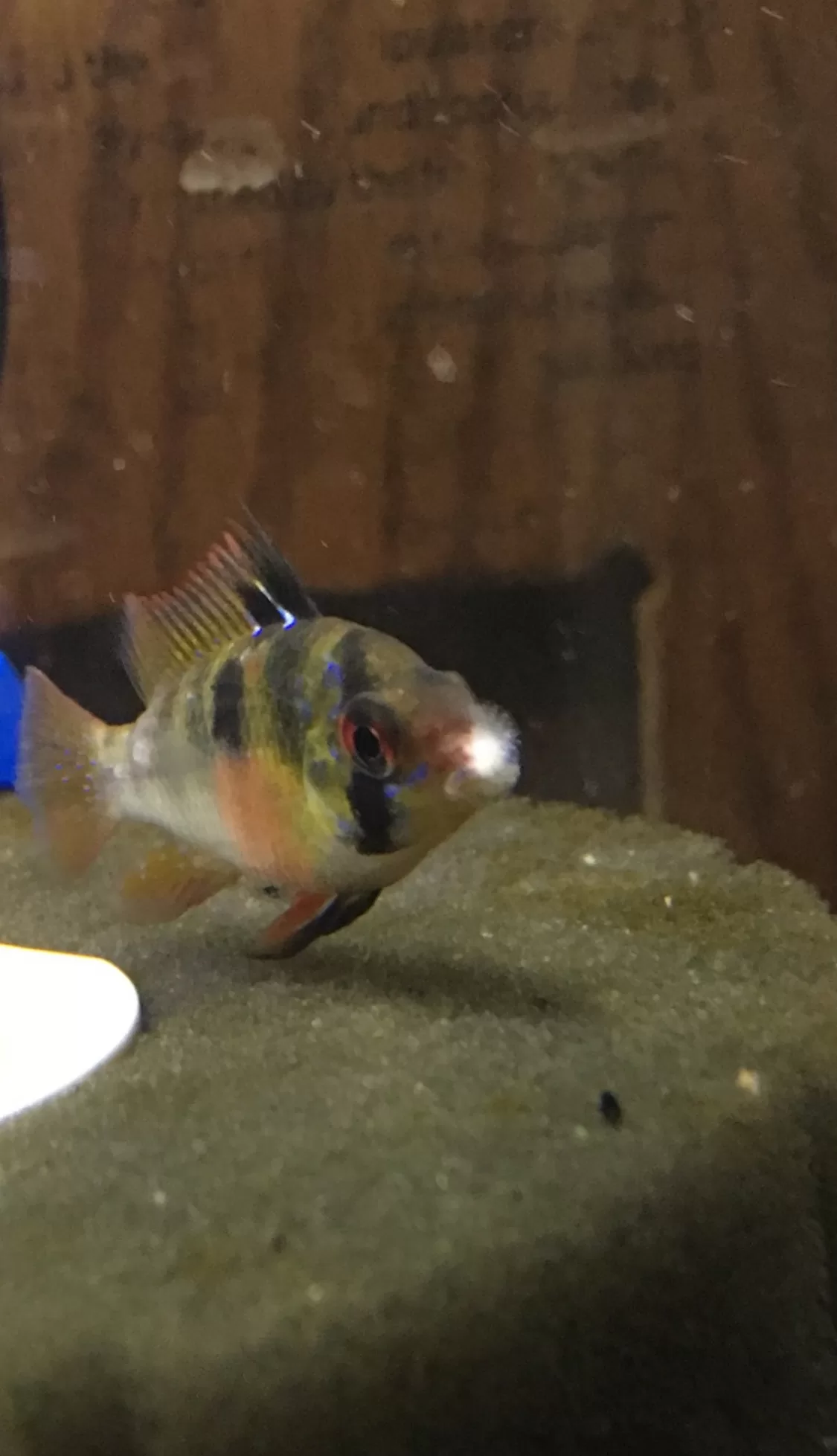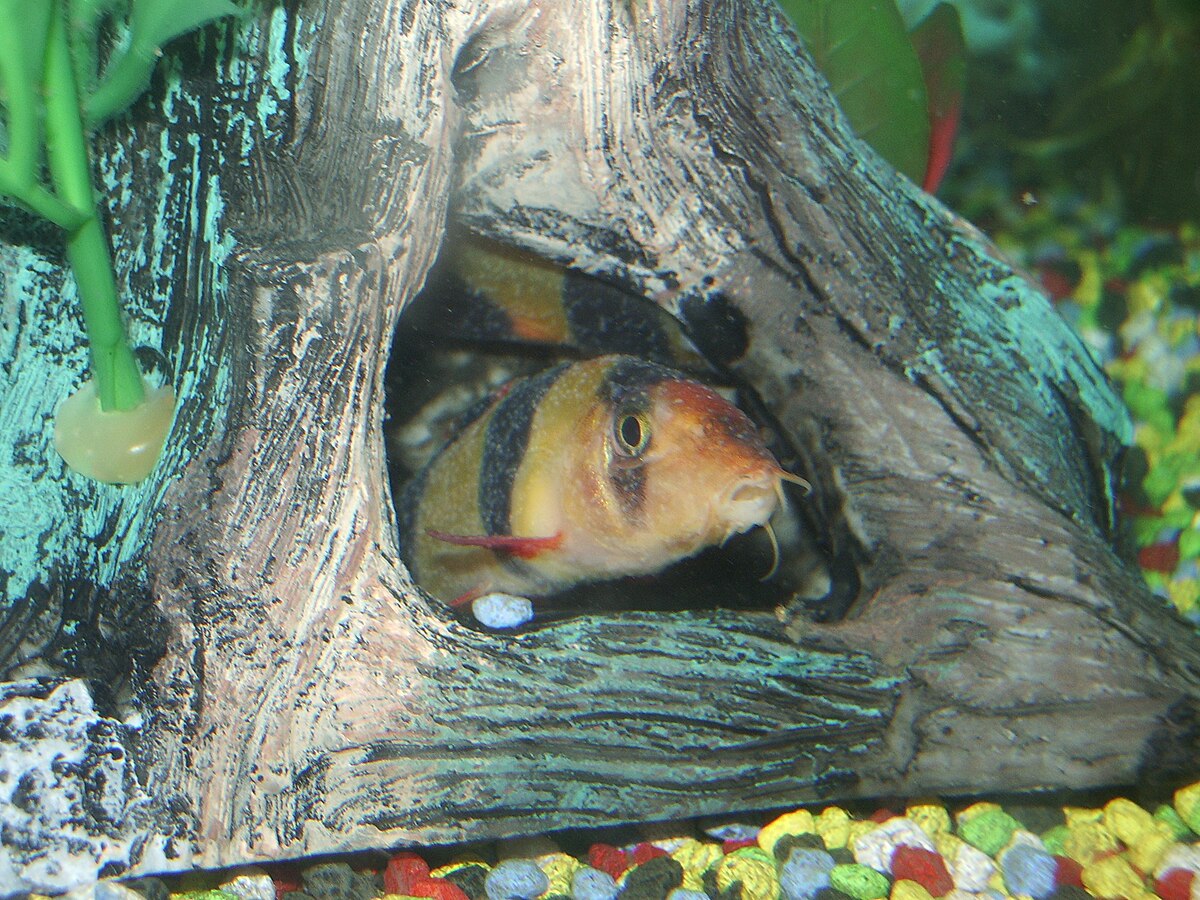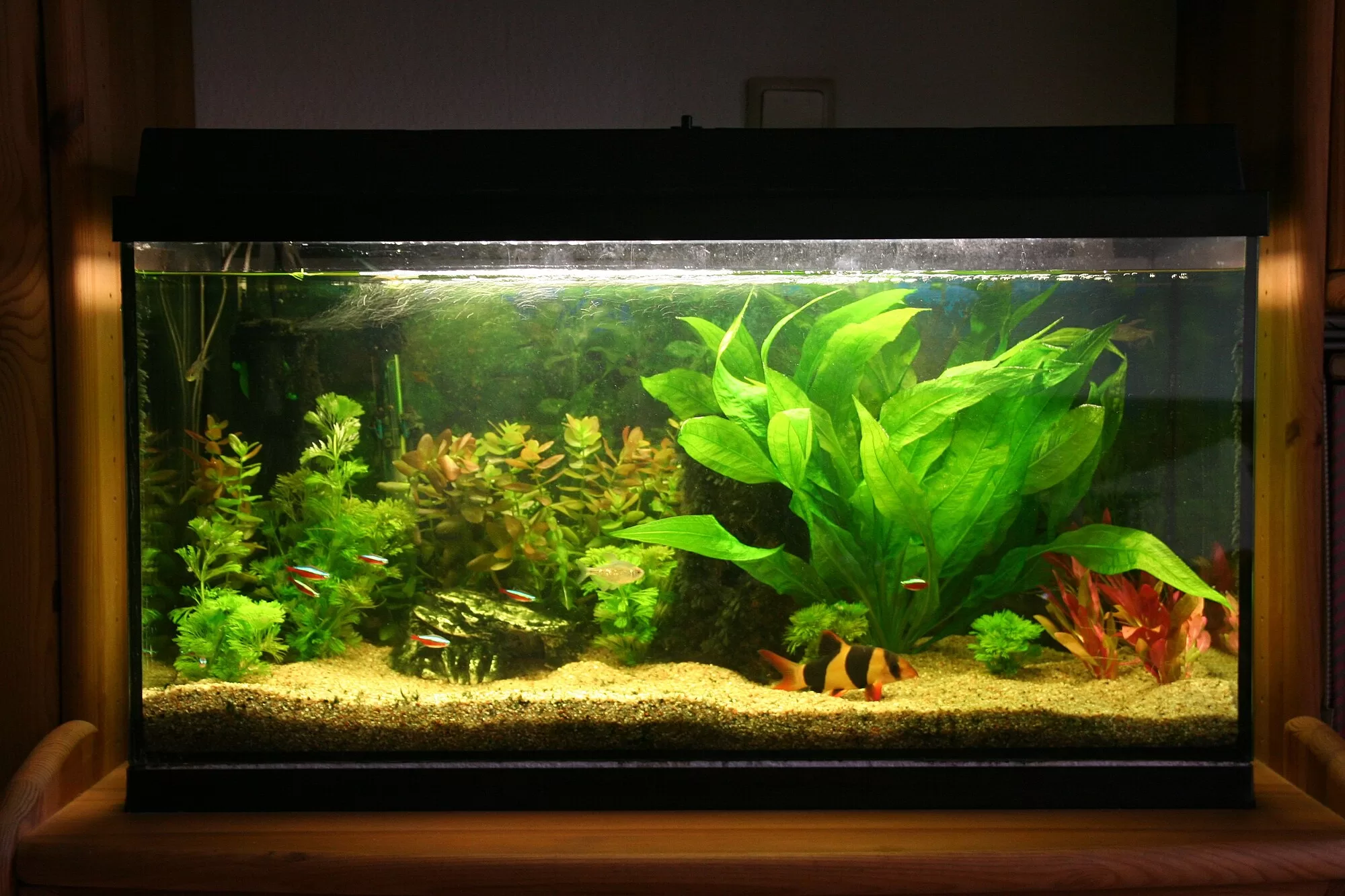I’ve personally instantly cycled dozen of fish tanks. To cycle a fish tank, you are growing a large enough colony of bacteria in order to handle the nitrogenous waste that the fish produce. Without a large enough colony, the waste will build up and suffocate your fish.
Under normal circumstances the nitrogen cycle in a fish tank can take as long as 6 to 8 weeks. However, as you advance in the hobby, more and more, you learn tips and tricks that you can only learn by searching them out very specifically. What I mean is people who are brand new usually are looking for information on how to cycle a tank but not instant cycle a tank.
Just to point out, this article is not about how to skip cycling a tank, it’s just about skipping the waiting. The only thing you need is access to an established tanks filter media. Sorry to disappoint but if you don’t have this, there really isn’t a way to instantly cycle your tank.
Cycling Methods
Squeezing Out Established Media
To do an instant cycle with this method, I like to specifically use an established sponge filter. All that I do is basically squeeze out the sponge filter in the new tank as if I am just cleaning my sponge filter normally. What this does is it sheds off a large amount of nitrifying bacteria into your tank. It’s important to have your filter running on the new tank when you do this so that these bacteria get sucked up into your filter.
You’ll want to give the tank some time to clear up because it will obviously look pretty nasty until the detritus settles. But after this, you can go ahead and add a few fish. Obviously, you don’t want to then entirely stock the tank, you still should do it gradually, while checking daily for ammonia and nitrite.
Adding Established Media Directly To Your Filter
This method is very straightforward and doesn’t need much explanation. Take a decent sized piece of media from an established tank and add it to your own filter. In terms of how much, it’s hard to quantify. I would recommend using at least 15-20% of the established filters media. These bacteria replicate within 12-24 hours, so a small colony can turn into a very large colony quickly, so the established tank will recover fast.
Optional Method Using Gravel
Using gravel from an established tank, specifically several years old, is a good second option, but only to speed up the cycle and not necessarily instantly cycle. In theory with a light bio load using established gravel, it very well could instantly cycle a tank however, it’s not quite as fool-proof as using established media. If you were to go this route, I would suggest filling a pair of pantyhose with the established gravel, and placing it inside your filter.
Instant Cycle Methods
Whichever method you choose remember to stock your tank slowly and monitor your levels of ammonia and nitrite. There can be errors with this stuff, we are playing with live organisms, and it’s important to recognize those errors before your fish suffer.

